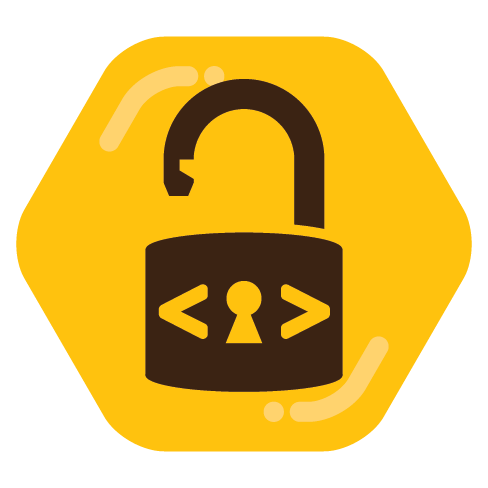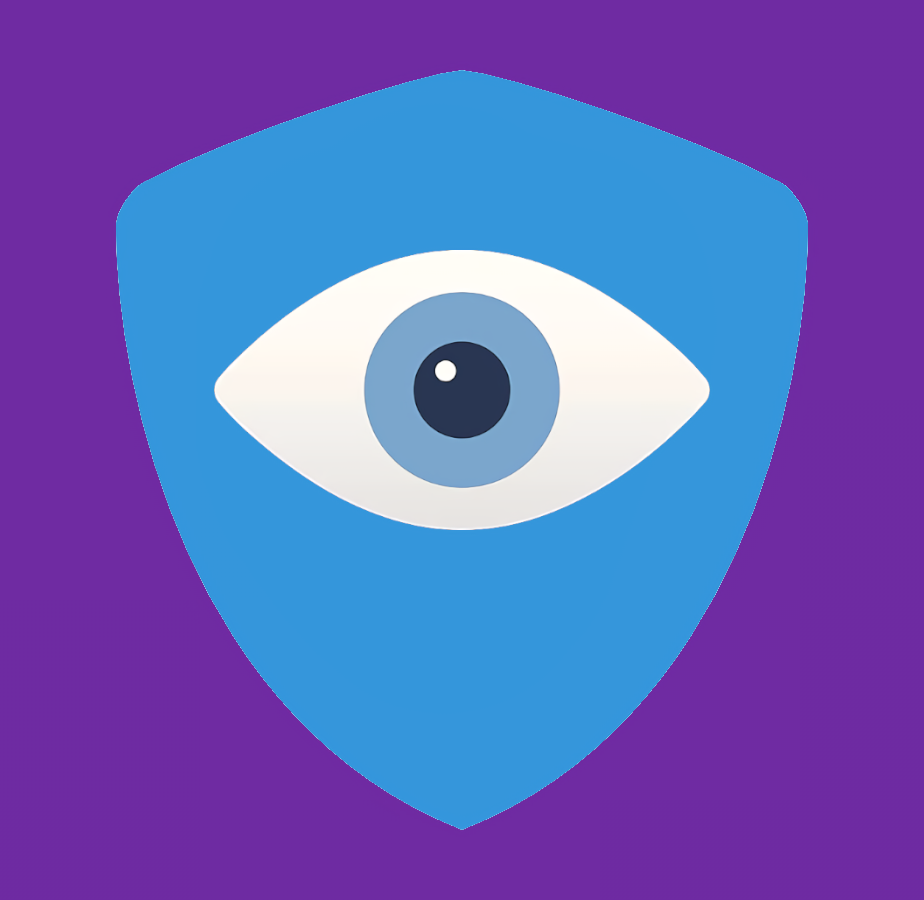

KDE let’s you do that first one, though it’s ctrl+super. It’s one of my favourite lesser known features.


KDE let’s you do that first one, though it’s ctrl+super. It’s one of my favourite lesser known features.


Steam Deck compatibility has a much higher standard since it requires the performance being good, gamepad support, etc, and even that’s at 40%. General Linux can’t be less than 95% for games that don’t require kernel level anticheat. Try checking a random sampling on https://www.protondb.com/.
To add to this, if the phantom clicks are indeed primarily happening while typing or otherwise moving your hands near the touchpad, you should check to see if tap to click is enabled. The unintentional clicks that feature produces drives me crazy and I have no idea why it’s always on by default when a physical click or button is always available.


deleted by creator


Not the OP, but connect a computer to it and set it to turn on to the last input. I’ve had one for a year and can’t even remember what their interface looks like.
I’ve been using gimp’s 3.x branch since 2016 or so (after getting a hidpi display) and gimp itself since the early 2000s, both for personal stuff and for work. I’m typically editing existing photos and images to clean them up, apply effects, make new clean images from pieces of existing ones, etc, and for my uses it’s great. Also, having been using it for so long, I actually really prefer the ux to Photoshop (especially since they added an option to use it in single window mode).
I’ve seen videos showing some of the features it’s missing for certain types of things though, and while there are hacky scripted ways to emulate them, you might find it lacking if you’re expecting those particular features.
I’d recommend looking up tutorials on YouTube for things you frequently do and see how much work it is and what the final product looks like. You could up the playback speed to save time since you won’t be following along with gimp yourself.


I run two multimonitor systems with different DPIs and 2.5gbe and they both run great. What issues are you hitting?


Because they only offer open source apps they build themselves


You can also use weechat as a bouncer, and it works even better with its own clients which can sync chat history rather than receiving it in a dump. The android client is fantastic in that respect.
The plugin ecosystem is also great. I have a plugin that pushes notifications for PMs and mentions to my gotify server, alerting me on my phone without having to drain its batteries staying connected.
konsole does support sixel images
I’m curious what about Graphene you think would prevent certain demographics from using it as a daily driver? There are pretty well no downsides to using it compared to a first party ROM aside from not having certain things like Google Assistant baked in. It has automatic updates, you get the play store and services if you want them, it even has android auto. It’s also the most rock solid android experience I’ve had since I switched from iOS in 2012 or so.
Obviously a stereotypical grandparent would need someone who knows computers to do the initial install and setup, but after that it’s pretty well just set and forget.


Signal started out as textsecure, an sms/mms app that encrypted your text messages. It quietly started sending messages over its server at one point after an update, but before that sms is what it was about.


Is it possible she has variable refresh/gsync/freesync support and that it’s enabled? That turned out to be the cause of the flickering I was seeing.


The Lenovo Yoga 6 works surprisingly well. I got it to replace a surface book for my daughter and wasn’t really sure what parts of the hardware would be supported, but literally everything I tested works (the only thing I haven’t tried is the fingerprint reader) and the included stylus is amazing in krita as well as just generally. The tablet mode works well, and tent mode is more convenient when it’s on a desk (screen rotation requires the iio-sensor-proxy package). Battery life is decent; it gets around 6-7 hours with moderate use. I’d recommend using it with KDE.
You should put your foot down and tell them it’s all about free software while they’re under your roof; they can push open source once they’re 18 and have their own place.
Hah, I feel like they might not approve of a Microsoft laptop? I could be wrong though :)
I got my daughter a surface book with Archlinux on it when she turned four. She’d previously been using an ipad so I wanted something that had a touchscreen, and I installed KDE as the desktop. She learned how to use it extremely quickly, and has even started in on the commandline now that she’s 5 and knows how to read. GCompris is great too.
Me and my wife haven’t bothered with parental controls and instead just keep an eye on her usage, but I agree with other commenters that controlling things at the router level seems like a better bet.
In X11 it’s server side, and in gnome wayland it’s of course client side, but they look exactly the same as the SSD ones. I doubt they’ll change that between the current beta and the 3.x release.
That’s pretty much where I’m at too, and I find it easier to get to the file(s) I want to send through the cli. No judgement to anyone who prefers the gui though!
I have an old phone with microg, slack, tasker and termux running on it. When slack receives a push notification, tasker pulls it out and sends it to a script in termux that forwards it to my gotify server, which my main phone is listening for notifications on.
I’ve emailed Slack a bunch of times asking for unified push or even just an API route I can listen on, but so far I’ve had no luck.